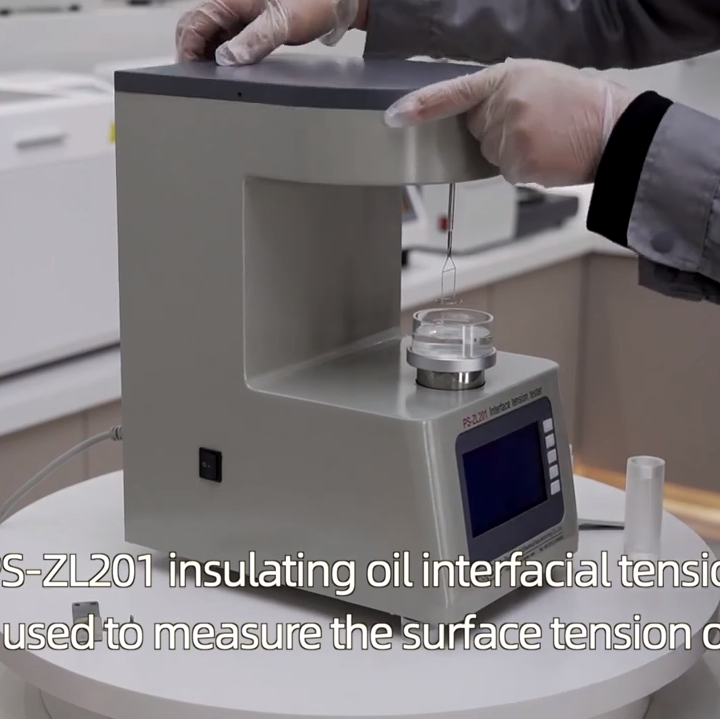 English
English


Understanding the Effects of Transformer Ratio on Test Performance and Efficiency
Understanding the Transformer Ratio Test A Key Tool in Electrical Engineering
In the field of electrical engineering, transformers play a crucial role in power distribution and management. Ensuring that these devices operate efficiently and safely is paramount. One of the essential methods used to assess the condition of transformers is the transformer ratio test. This article explores the significance, procedure, and implications of the transformer ratio test, shedding light on its role in the maintenance of electrical systems.
What is a Transformer Ratio Test?
The transformer ratio test, often referred to as the turns ratio test, is a diagnostic procedure that evaluates the turns ratio between the primary and secondary windings of a transformer. The turns ratio is the ratio of the number of turns in the primary coil to the number of turns in the secondary coil. This ratio determines the voltage transformation capabilities of the transformer.
When a transformer is functioning correctly, the voltage applied to the primary winding should be proportionally reflected in the secondary winding according to the turns ratio. For instance, if a transformer has a turns ratio of 110, then applying 100 volts to the primary should yield approximately 1000 volts in the secondary. If this proportionality is disrupted, it may indicate issues such as winding damage, short circuits, or incorrect transformer connections.
Why is the Transformer Ratio Test Important?
The transformer ratio test is vital for several reasons
1. Preventive Maintenance Conducting ratio tests periodically helps in identifying potential problems before they escalate into major failures. This proactive approach can save companies significant costs and prevent downtime.
2. Quality Assurance For manufacturers and installers, the transformer ratio test serves as a quality assurance measure. Verifying that transformers meet their specified turns ratio is essential for ensuring they will perform as expected in the field.
3. Fault Diagnosis When transformers fail or underperform, the ratio test is an essential diagnostic tool. It can help pinpoint the nature of the fault, facilitating more targeted repairs.
The Procedure of the Transformer Ratio Test
transformer ratio test

The procedure for conducting a transformer ratio test is straightforward and typically involves the following steps
1. Preparation Before commencing the test, ensure that the transformer is de-energized and all safety protocols are observed. Proper grounding and disconnection from the power system are crucial.
2. Connecting the Testing Equipment A specialized turns ratio tester is connected to the transformer terminals. This equipment applies a specific voltage to the primary winding and measures the resulting voltage on the secondary winding.
3. Conducting the Test The tester records the primary and secondary voltages. The turns ratio is calculated by dividing the primary voltage by the secondary voltage. This result is then compared to the manufacturer's specifications.
4. Interpreting the Results If the measured turns ratio matches the expected value, the transformer is deemed to be operating correctly. Any discrepancies must be investigated further, as they could indicate potential issues.
Limitations and Considerations
While the transformer ratio test is a valuable tool, it is essential to recognize its limitations. The test focuses solely on the turns ratio and does not provide information about the condition of the insulation or core. Therefore, it should be used in conjunction with other tests such as power factor testing, insulation resistance testing, and thermal imaging to gain a comprehensive understanding of a transformer's health.
Moreover, the environment and conditions under which the test is conducted can affect the accuracy of the results. Factors such as temperature, humidity, and the presence of electrical noise should be considered to ensure reliable outcomes.
Conclusion
The transformer ratio test is a fundamental practice in ensuring the reliability and safety of transformers in electrical systems. By understanding the importance of this test and conducting it regularly, engineers can maintain the integrity of power distribution networks, ultimately supporting the efficient functioning of modern society. As technology evolves, the methods and tools for performing these tests will continue to advance, further enhancing the reliability of this critical infrastructure.
-
Differences between open cup flash point tester and closed cup flash point testerNewsOct.31,2024
-
The Reliable Load Tap ChangerNewsOct.23,2024
-
The Essential Guide to Hipot TestersNewsOct.23,2024
-
The Digital Insulation TesterNewsOct.23,2024
-
The Best Earth Loop Impedance Tester for SaleNewsOct.23,2024
-
Tan Delta Tester--The Essential Tool for Electrical Insulation TestingNewsOct.23,2024





